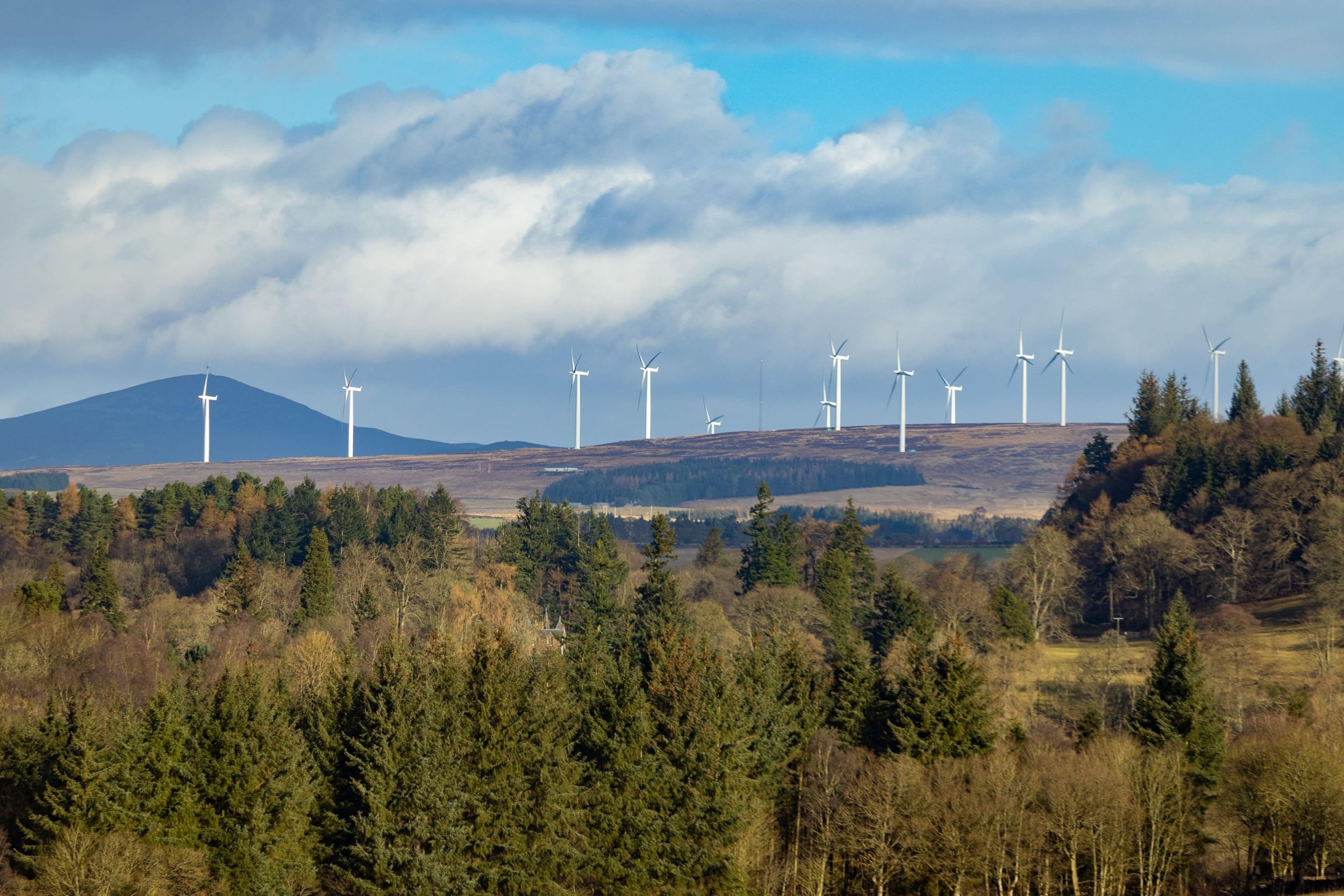How carbon free is your electricity right now?
Past 72 hours
Past 72 hours
Past 72 hours (England's 10 regions)
These data snapshots update every 30 minutes. The large number shows the carbon intensity of a specific grid area. The chart underneath shows the carbon intensity of that area over the past 72 hours.
Snapshots figures are useful, but without comparative historical data, they can give false impressions. People tend to pick the snapshots that show what they want and ignore what they don't want to hear. The visuals page shows the averages over multiple years helping to give a true picture of the situation.
The numbers above show the current carbon intensity on different areas of the National Grid.
Carbon intensity is a measure of how much CO2 is emitted for every unit (kWh) of electricity generated. Read why carbon intensity matters.
In 2025, very low carbon intensity is < 30 grammes/kWh generated. In 2026 the upper limit will be < 25 grammes.
Some of the 14 grid regions of the national grid are close to this goal. Scotland's two grid regions (see Maps page) and NE England already fall into the very low carbon intensity category because most of the electricity generated there is from renewable sources.

What about other sectors of Scotland's economy?
Electricity generation accounts for 4% of Scotland's greenhouse gas emissions. Where does the other 96% come from? Which sectors of the economy should be the next priority for electrification and decarbonisation.
Electricity generation in Scotland emits 1.7 million metric tons of carbon dioxide equivalent
(MtCO2e) every year; 4.22% of
Scotland's greenhouse gas emissions.
2022
ScotGov data
The figures below show how much is emitted by other sectors of the economy and society. 2022 ScotGov data
The average carbon intensity for North Scotland has dropped to 1/3 of the 2022 figures and to 50% of the 2022 figures in South Scotland.
It is highly probable that we'll see a drop in the total MtCO2e emitted from electricity generation when more up to date data becomes available.
DOMESTIC TRANSPORT
This is the sector which most urgently needs decarbonisation. Private cars, public transport, haulage and air conditioning and refrigeration associated with any of those vehicle activities.
AGRICULTURE
Sources such as livestock, manure, soil emissions and farm machinery produce a range of greenhouse gases. Agriculture's emissions have a high proportion methane and nitrous oxide.
BUILDINGS & PRODUCT USE
Another sector in urgent need or decarbonisation mainly through electrification. Building emissions - residential, public and commercial - are largely a direct result of fuel used for heating.
INDUSTRY
Industry cuts a broad swath of activities and therefore a range of greenhouse gases. Manufacturing, marine engineering, pharmaceutical, chemicals, defence, mining and textiles are a few.
FUEL SUPPLY
WASTE
INTERNATIONAL SHIPPING & AVIATION
LAND USE, LAND USE CHANGE & FORESTRY
What’s the purpose of this website?
Scotland's energy transition is well into its fourth decade. You can track its recent history and progress here. Scotland boasts one of the world's lowest-carbon electricity grids, with power generation accounting for a mere 4% of Scotland's total greenhouse gas emissions.
However, this achievement is only part of the broader picture. Significant carbon emissions still come from domestic transport (28%), buildings (19%), and fuel supply (9%) - sectors that can be decarbonized through increased electrification. Consequently, Scotland must increase its electricity production while ensuring it comes from renewable, fuel-free sources such as wind, solar, marine, geothermal, and hydro.
Why focus on Scotland?
- Scotland is a renewable energy powerhouse, offering valuable lessons for everyone.
- The democratization of who benefits from electricity production is a pressing political matter in Scotland.
- Amidst climate anxiety, Scotland's progress offers encouraging success stories. Who couldn't do with a few good news stories?
- We want to provide accurate, localized data so people can use electricity when it's cleanest, rather than relying on broader GB averages.
- It’s where I live. It's where I’m from. We all have a stake in our country's future.